Is popular culture finally ready for ripped women?
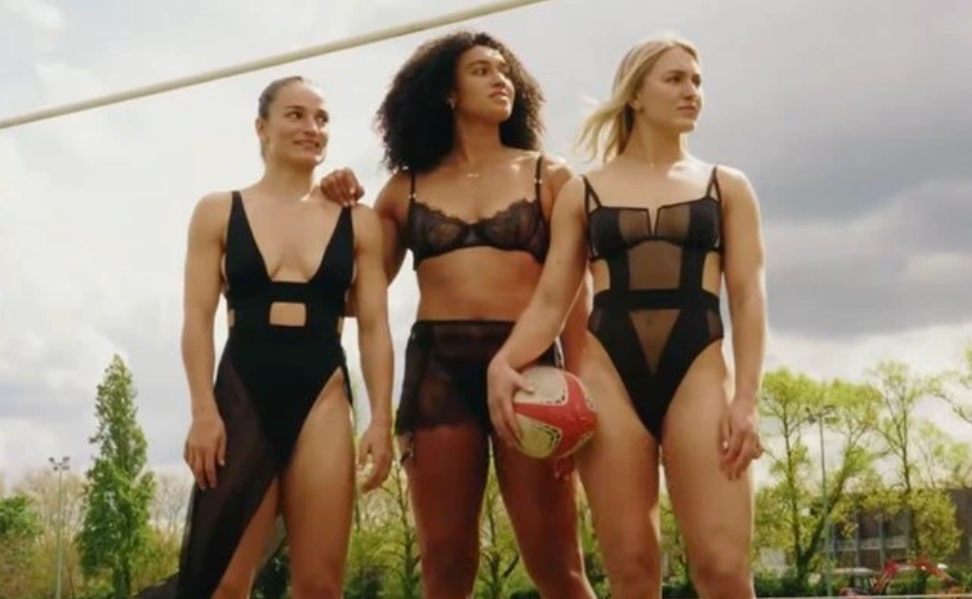
For a brief moment earlier this year, something shifted in pop culture. It became perfectly appropriate, it seemed, to publicly gawk at Sydney Sweeney’s breasts. In what felt like a strange, noughties-tabloid-tinged timewarp, The Spectator rejoiced at the revival of the near-extinct “giggling blonde with an amazing rack,” while The National Post heralded Sweeney’s “double-D harbingers” as “the death of woke.”
But anyone still revelling at the return of patriarchal beauty ideals (as if they ever left) might be left disappointed following the news that Sweeney will be playing legendary female boxer Christy Martin in an upcoming biopic. In an interview with Deadline, the actress said that she’s excited to “tell a story about a woman who faced so much adversity and didn’t allow it to defeat her,” that she’s been “itching to get back into the ring, train, and transform my body.”
Read More
A lingerie campaign with Team GB's rugby team has divided the internet.
As Sweeney begins training for the role, it’s likely that cultural attention will shift away from her cleavage. But what will pop culture make of her increasingly muscular physique?
For most of cinema’s history, the pursuit of a Herculean physique has been a male-only endeavour (think Christian Bale’s hefty arms in Batman or Brad Pitt’s gleaming torso in Fight Club). But in recent years, a number of actresses have begun to bulk up for the screen, with actresses like Natalie Portman (Thor) and Katie O’Brian (Love Lies Bleeding) subverting patriarchal body ideals that view men as big and strong and women as frail and tiny.
Natalie Portman in Thor.
“I think it is definitely changing,” said Hollywood personal trainer Steve Zim, who trained O'Brian for the role. “The writing of these movie parts are better and more diverse,” he observed, noticing that films are shifting away from “cartoonish” and repetitive typecasting.
As early as Ancient Greece, muscular bodies symbolised masculine strength and glory. Legend has it that esteemed wrestler Milo of Croton would pick up a calf every day to train until he was able to carry a full-sized ox on his shoulders through the Olympia stadium (he won the Olympic championship six times).
Muscle-building hit the mainstream during the Industrial Age, as the first private gyms began popping up. But the prospect of a woman getting ripped was largely taboo. “If a woman began to become muscular,” wrote historian David L. Chapman in Venus with Biceps, “it was thought that she could lose her health, femininity, and (very possibly) her husband.”
Madonna in the '80s.
Medical doctors warned against the dangers of women engaging in extreme exercise. In 1898, one doctor expressed concern in German Journal of Physical Education that “violent movements of the body” could lead to a woman’s uterus falling out. When women worked out, they often did so in dresses and were encouraged not to sweat for fear of appearing unladylike.
That would all change in the 1960s and ‘70s as the women’s liberation movement empowered a generation of women to question how the patriarchy policed their bodies. Activewear became more popular, as did jogging and Jazzercise. The first Ms. Olympia was held in 1980, a milestone for female bodybuilders and a drastic shift away from the corset-wearing customs that had held women as small as possible for centuries.
Still, even in the noughties, muscular women were seen as freakish. Madonna was often blown up in the press for her muscular physique, as were tennis players Serena and Venus Williams. “I can't even watch them play anymore,” an American radio host said of the Williams sisters in 2001. “I find it disgusting. They're just too muscular. They're boys.''
Serena and Venus Williams.
It’s no surprise that muscular Black women, non-binary and trans people experience even more discrimination. “It suits the patriarchal system to make women feel that they need to be as physically small as possible, because people who are physically smaller are easier to control,” said South Asian powerlifter and writer Poorna Bell. “When you layer an intersectionality,” like being Black or Asian, gendered stereotypes become “even more acute.”
Bell is excited to see more ripped women in movies — a refreshing contrast from actresses being told to lose weight for roles — but representation only goes so far. “I still don’t know that [muscular women are] allowed to exist outside of the framework or context of their own strength,” she said. “They’re always there because their strength serves a purpose to the narrative. I don’t know if we always have that necessarily with men.” Not to mention the entire spectrum of body types and demographics that are still frequently missing from mainstream cinema.
Katy O'Brian and Kristen Stewart in Love Lies Bleeding.
If Love Lies Bleeding teaches us anything, it’s that the pursuit of a muscular body is not exempt from self-flagellation and toxicity. “A lot of people end up on this roller coaster ride in the gym,” said Naomi Pendergast, who trained Natalie Portman for her role in Thor.
Pendergast recommends that people wanting to build muscle without injuring themselves should develop a well-rounded fitness program, incorporating a variety of physical activities like yoga and pilates, as well as waiting at least 72 hours between each strength training session. Still, “it is harder for [AFAB people] to build bulk,” she said. “There'd be a lot of supplements going on there to maintain it.”
Is the rise of ripped women in cinema just another example of Hollywood controlling and contorting women's bodies as if they're puppets? I don’t think it has to be.
Perhaps we can learn from the size zero era that safeguarding our mental health is just as important as working out. So while we should celebrate the beefy femmes transcending cinema’s patriarchal norms, let’s make sure we do so mindfully, so we don’t end up replacing one oppressive archetype with another



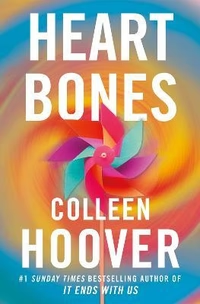
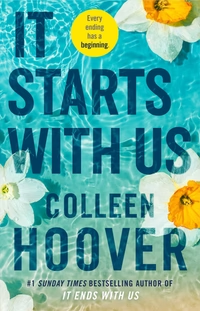

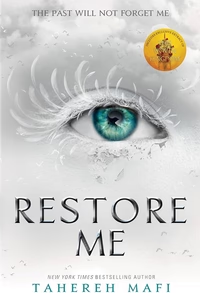

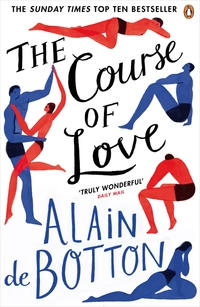
14 Comments
Robertkiz
13 Mar '25EdwardAdose
14 Mar '25RobertKit
14 Mar '25EdwardAdose
15 Mar '25indica vape
16 Mar '25Davidwhage
22 Mar '25Robertabell
23 Mar '25Robertabell
25 Mar '25delta 9 gummies
26 Mar '25mood weed
26 Mar '25RobertUsell
13 Jun '25Josephbub
14 Jun '25Richardgox
27 Jun '25cdt terpenes
28 Jun '25